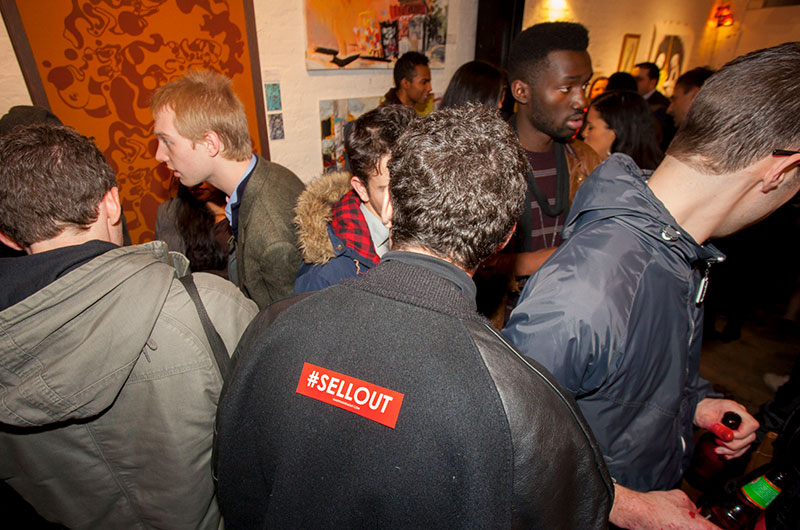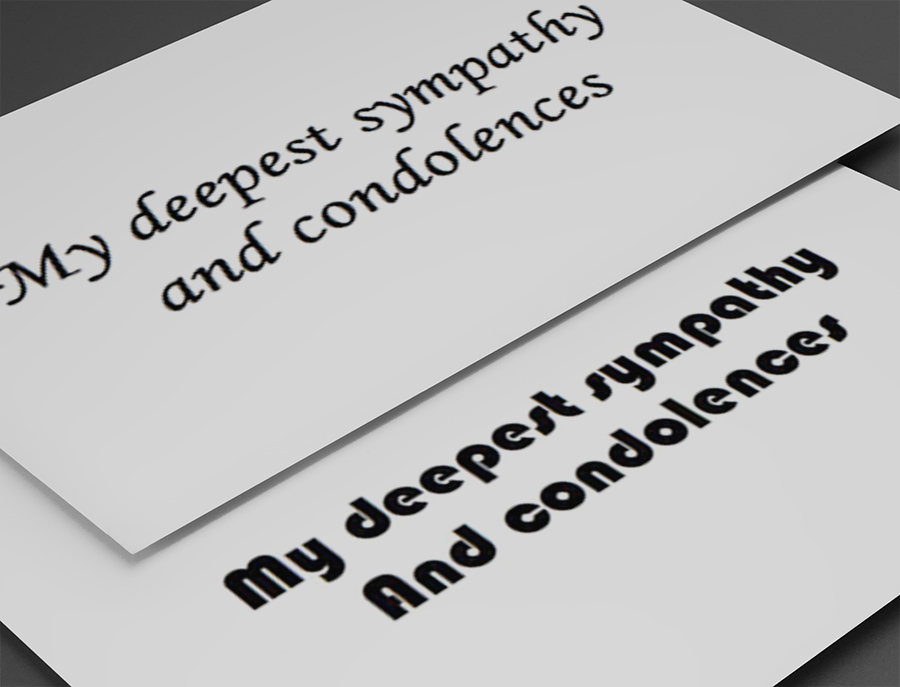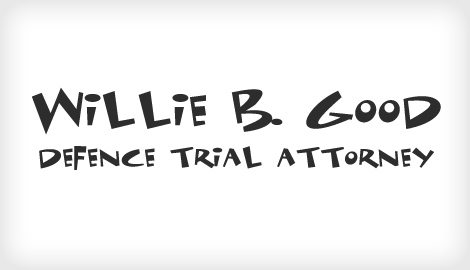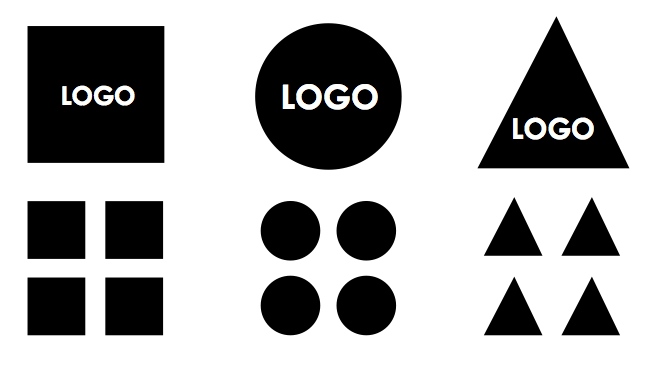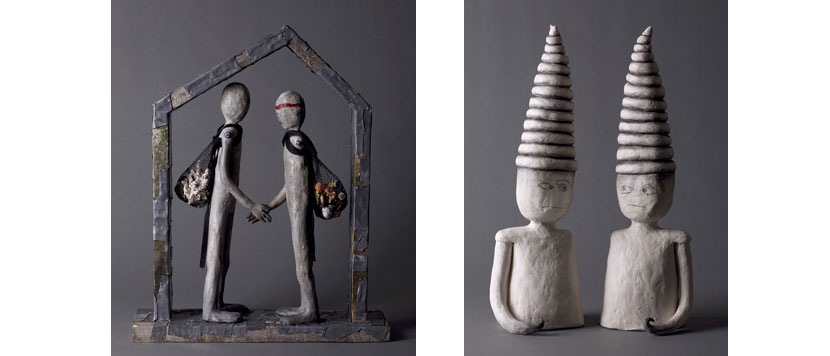“Being good in business is the most fascinating kind of art” -Andy Warhol
There is perhaps no better industry to look at when trying to understand the power of a brand than the fine art world. That might seem a bit counter intuitive since when one pursues an art career, they don’t usually start with a business plan, marketing plan, and brand conversation, they start with the art (or product) itself.
But it’s possibly the best example because the art world sells a product that has no inherent value in it. Though some artists are certainly more talented than others, no artist is millions of dollars more talented than their colleagues. Art is a product that exclusively sells on the basis of its brand.
Pollock is not the only painter to drip paint on a canvas, Lichenstein is not the only artist to make cartoons fine art, and Picasso is not the only cubist painter. Nor were they the first or arguably even the most skilled. But when you see a painting in one of those styles, you immediately think of those artists and those artists alone. And those paintings sell for millions more than their similar counterparts.
Are they better paintings? Not millions of dollars better! You’re not paying millions because there was more skill involved, or more inherent value.
The reason they are so valuable is because those painters in particular OWN that brand of painting. If you are even mildly familiar with the masters, the association is so strong that anything that even closely resembles their work will conjure up that artists’ name in your brain automatically. Jeff Koons occupies the image of balloon animal dogs. I mean he OWNS that space in your mind, because he has such a dominating brand.
And that brand is incredibly valuable. The person who dropped almost $60 million on a Jeff Koons Balloon Dog could have had a custom made sculpture for much less. But then you would just have a piece of art (product), not a Jeff Koons (brand).
WHAT DOES THIS MEAN FOR YOUR BRAND?
If you’re like most companies, you try to make a better product than your competitors, and sell it at a competitive price. The equivalent of that in the art world would be to drip a bunch of paint on a canvas and sell it for a couple hundred dollars. Last year a Pollack sold for $58.4 million, so you can definitely undercut that price! You should be golden, right?
Like most companies that do this, you could probably sell some product. You might even sell TONS of product. Maybe your drip paintings would be flying off the shelves at that price! But here’s the bigger question: would you rather sell 1,000 $100 paintings, or one, $58.4 million painting?
We use this extreme case to illustrate the point, but it applies at all levels of art, as well as to your business' brand. Owning space in people's minds is the holy grail, and a brand is what gets you that space. It allows you to sell fewer products at a higher price with a higher profit margin. Investment in branding will pay off every single time you make a sale and will actually increase in value over time. The better the brand (i.e. the more badass the brand), the higher the payoff.




